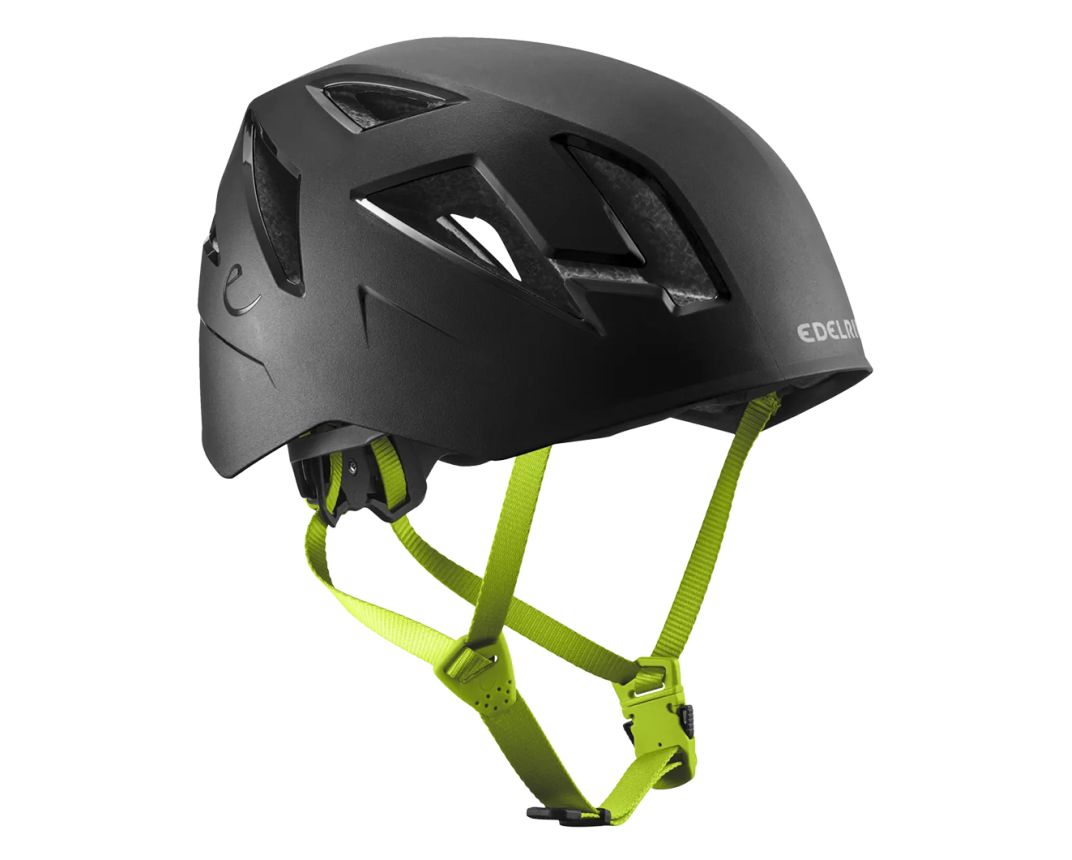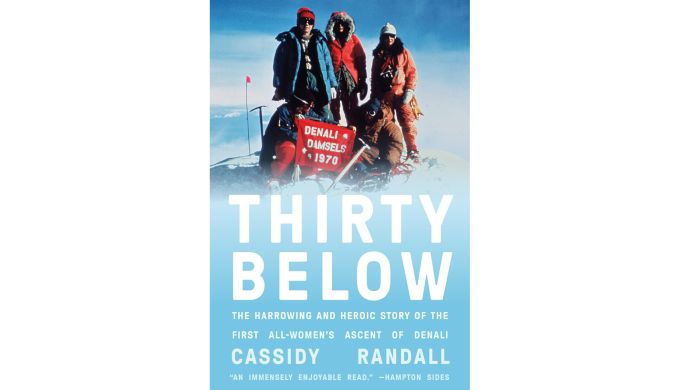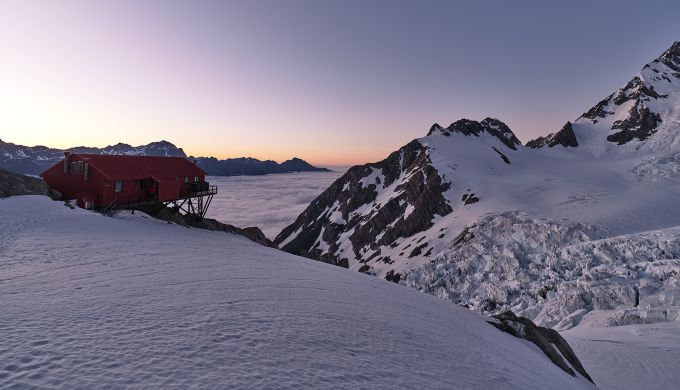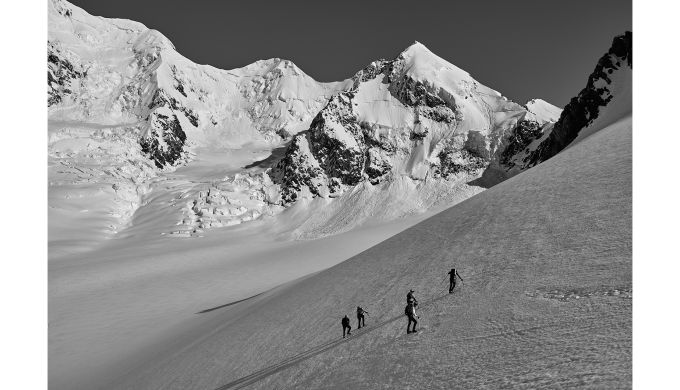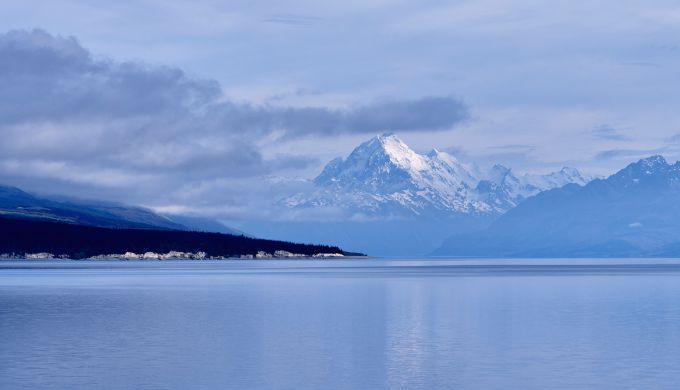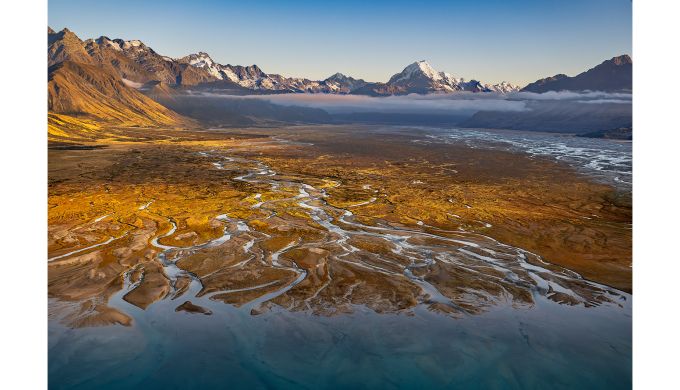It’s that time of year when days get shorter, the temperature drops, and the weather is as un-predictable as ever. Taranaki Maunga is saying loud and clear 'stay away unless you really know your stuff'.
The Zodiac 3R is an excellent helmet and one that is easy to recommend to climbers, especially if you want to support sustainable manufacturing processes.

